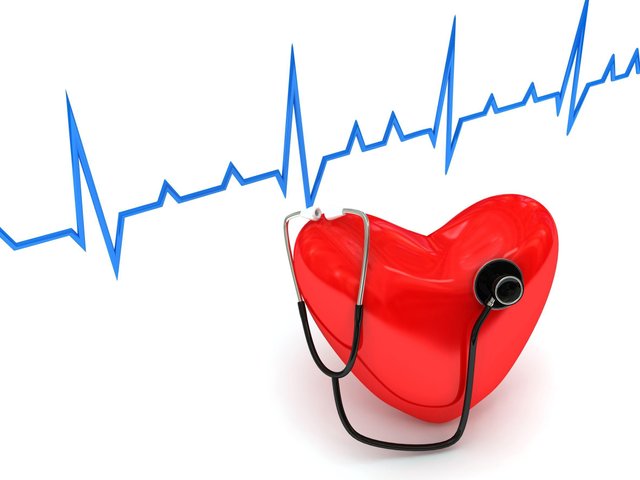Treat Heart Attack and Save Life
Approximately 7 million humans around the world die from heart attacks each year, and cardiovascular sickness, which reasons heart attacks and other issues like strokes, is the world’s leading killer. So what causes a heart attack?
Like all muscles, the heart needs oxygen, and during a heart attack, it can’t get enough. Fatty deposits, or plaques, develop on the walls of our coronary arteries. Those are the vessels that supply oxygenated blood to the heart. These plaques grow as we age, sometimes getting chunky, hardened, or inflamed. Eventually, the plaques can turn into blockages. If one of the plaques ruptures or cracks, a blood clot will form around it in minutes, and a partially closed artery can become completely blocked.
Blood flow is cut off to the cardiac muscle and the oxygen-starved cells start to die within several minutes. This is a myocardial infarction or heart attack. Things can rapidly deteriorate in the absence of treatment. The injured muscle may not be able to pump blood as well, and its rhythm might be thrown off. In the worst case scenario, a heart attack can cause sudden death. And how do you know that someone is having a heart attack?
The most common symptom is chest pain caused by the oxygen-deprived heart muscle. Patients describe it as crushing or vice-like. It can radiate to the left arm, jaw, back, or abdomen. But it’s not always as sudden and dramatic as it is in the movies. Some people experience nausea or shortness of breath. Symptoms may be less prominent in women and the elderly. For them, weakness and tiredness may be the main signal. And surprisingly, in many people, especially those with diabetes, which affects the nerves that carry pain, a heart attack may be silent. If you think that someone might be having a heart attack, the most important thing is to respond quickly. If you have access to emergency medical services, call them. They’re the fastest way to get to a hospital.
Taking aspirin, which thins the blood, and nitro-glycerine, which opens up the artery, can help keep the heart attack from getting worse. In the emergency room, doctors can diagnose a heart attack. They commonly use an electrocardiogram to measure the heart’s electrical activity and a blood test to assess heart muscle damage. The patient is then taken to a high-tech cardiac suite where tests are done to locate the blockages. Cardiologists can reopen the blocked artery by inflating it with a balloon in a procedure called an angioplasty. Frequently, they also insert a metal or polymer stent that will hold the artery open. More extensive blockages might require coronary artery bypass surgery.
Using a piece of vein or artery from another part of the body, heart surgeons can reroute blood flow around the blockage. These procedures re-establish circulation to the cardiac muscle, restoring heart function. Heart attack treatment is advancing, but prevention is vital. Genetics and lifestyle factors both affect your risk. And the good news is that you can change your lifestyle. Exercise, a healthy diet, and weight loss all lower the risk of heart attacks, whether you’ve had one before or not. Doctors recommend exercising a few times a week, doing both aerobic activity and strength training. A heart-healthy diet is low in sugar and saturated fats, which are both linked to heart disease.
So what should you eat? Lots of fiber from vegetables, chicken, and fish instead of red meat, whole grains and nuts like walnuts and almonds all seem to be beneficial. A good diet and exercise plan can also keep your weight in a healthy range, which will lower your heart attack risk as well. And of course, medications can also help prevent heart attacks. Doctors often prescribe low-dose aspirin, for example, particularly for patients who’ve already had a heart attack and for those known to be at high risk. And drugs that help manage risk factors, like high blood pressure, cholesterol, and diabetes, will make heart attacks less likely, too.
Heart attacks may be common, but they don’t have to be inevitable. A healthy diet, avoiding tobacco use, staying fit, and enjoying plenty of sleep and lots of laughter all go a long way in making sure your body’s most important muscle keeps on beating.
Data source: Internet
